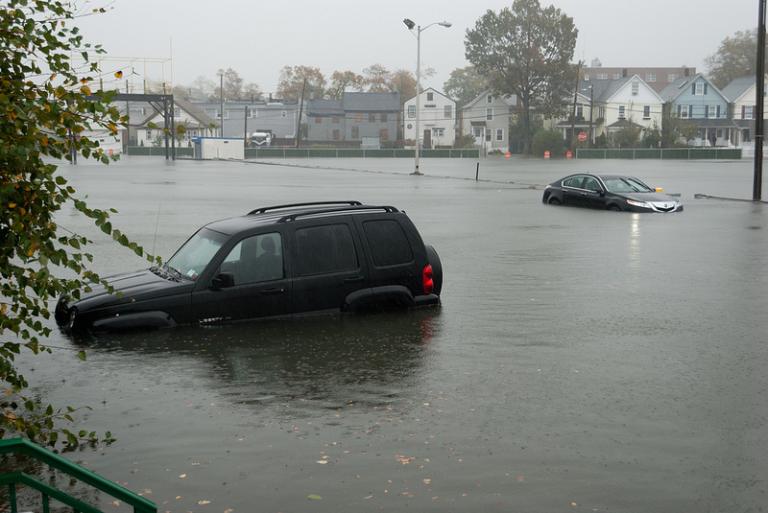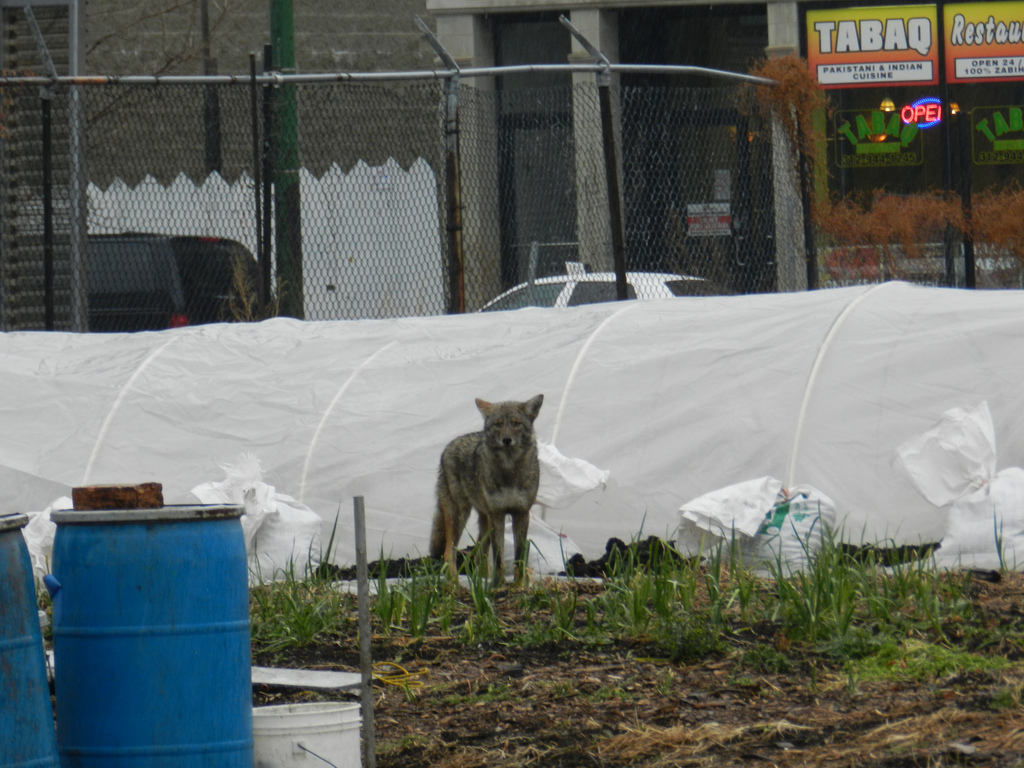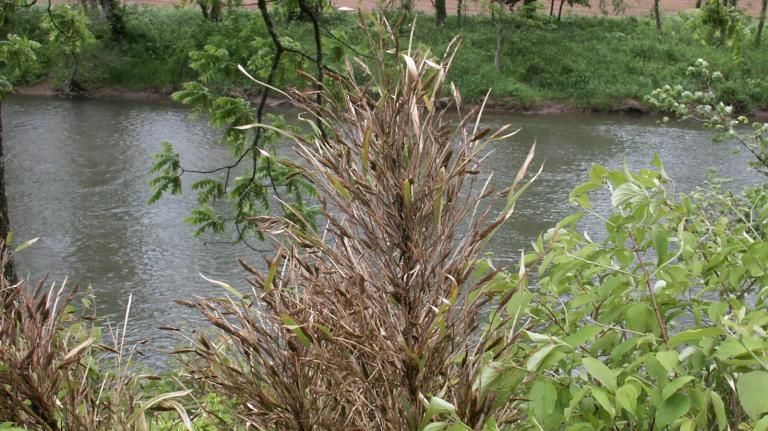Adorable pet-snatching coyotes are flocking to North American cities, and new research shows that they’re pretty well-adapated to urban life.
Biologist Stan Gehrt has been studying Chicago’s near-secret coyote population for 12 years. About 2,000 coyotes live in the city, and “the majority of people have no idea,” says Gehrt.
He thought at first there wouldn’t be enough to study, but when he trapped them and attached radio collars it became clear the animals were common, and multiplying.
Gehrt and others have found the coyotes are not just moving to the city from the wilds — they’re making their homes in the city and raising urban pups, establishing coyote communities that sometimes stay within only a couple of city blocks. In Massachusetts alone, the population has grown from zero to about 10,000 in 60 years, with many animals making their homes in “very urban” sections of cities.
The Windy City’s urban coyote boom is part of a larger nationwide explosion that began roughly 20 years ago — a result, researchers think, of a drop in prices for Canis latrans pelts that led to fewer of the animals being trapped and killed in rural areas. As the coyote population increased, they expanded into cities, where they’ve unexpectedly thrived. Though the canids have long been a part of the landscape in western cities like Los Angeles., they’ve now established themselves in midwestern and eastern cities, too, among them Boston, D.C., Detroit, New York, Philadelphia, St. Paul, and Tampa.
Gehrt clearly loves these coyotes. “There’s no conflict with humans,” he tells The Ottawa Citizen. “They’re living within a few yards of people every day and every night.”
But not everyone agrees. While they may often go undetected, some cities are having serious problems with their coyote populations, and are trying to find ways of discouraging aggressive behaviors. From The New York Times:
Founded in 2008, Project Coyote works with communities to develop “coexistence plans” that focus on strategic hazing, or training residents, animal control officers and parks staff to use consistent and persistent deterrents like loud noises, water spraying, bright lights, throwing objects, shouting and chasing coyotes.
Denver adopted a hazing-based management plan three years ago, sending out teams, for example, to scare off coyotes that had taken to trotting after joggers in a public park.
Coyotes killed several of my friends’ pets when I was growing up in western Los Angeles, so I have some mixed feelings on their expansion into other cities, however cute their pointy little faces may be. But save for the extremely sophisticated strategy of “throwing objects” at them, city dwellers may now just have to accept this bit of nature in their urban lives. (Please keep your kittens inside, though, folks.)





